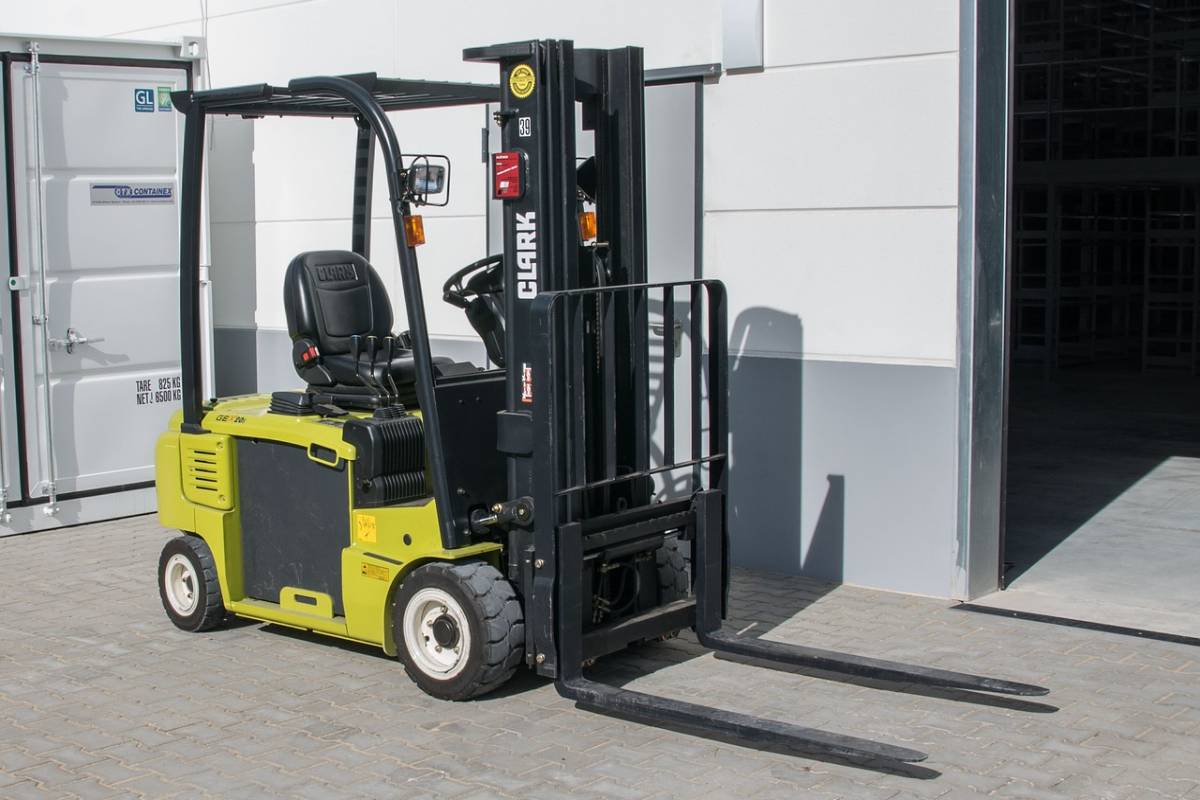If you’re not involved in the heavy lifting business, you might not have realised that there are several laws regarding the operation of vehicles being used for lifting purposes.
Airey Tail Lifts, specialists at tail lift repairs and servicing, have provided some of the key highlights regarding the rules and regulations for heavy lifting equipment in the UK.
The Rules of Heavy Lifting Inspections
If you’re line of work involves transporting heavy materials, then you will need use of a vehicle that supports this. This may affect those who work in industries such as delivery, construction, maintenance and more. In a lot of these situations it isn’t enough to simply have a van where you can only manually load and unload the vehicle. This is where tail lifts come in handy. Tail lifts are mechanical devices found at the rear of commercial trucks and vans. It improves the process of loading and unloading heavy items from higher ground to floor level.
It might seem like a niche industry, but there are regulations that apply to how heavy lifting is used in the UK. Under the Health and Safety at Work act, the government has a set of regulations called the Lifting Operations and Lifting Equipment Regulations (1998). It’s also commonly abbreviated as LOLER. The regulations were introduced to reduce work-related injuries involving the use of lifting equipment. It provides employers with a legal obligation to ensure that their equipment is safe to use and well maintained. The regulations consider various factors such as if the lifting equipment is strong and stable, if safe working loads are appropriately marked, and if the equipment is suitably positioned and installed without risk of injury. It also takes into account how the equipment is being used including the competency of the employee.
As part of these regulations, it’s a legal requirement that a LOLER inspection is performed every six months. The inspection will ensure that the lifting equipment is of the standard expected and complies with the legal regulations defined in the Health and Safety at Work act. An inspection will be carried out by an experienced and specialist tail lift servicer who will perform a thorough examination to ensure the lift is fit for purpose and that correct safety procedures are in place.
The UK’s Health & Safety Executive has recently updated its Approved Code of Practice to state that the regulations also apply to pallet trucks whether manual or powered. As with tail lifts and other heavy lifting equipment, pallet trucks should remain compliant with LOLER. This includes examinations every six months to ensure that the trucks are maintained to a good standard and are being used in a safe and efficient manner.
You are reading Did You Know Heavy Lifting Equipment Needs Inspecting?


